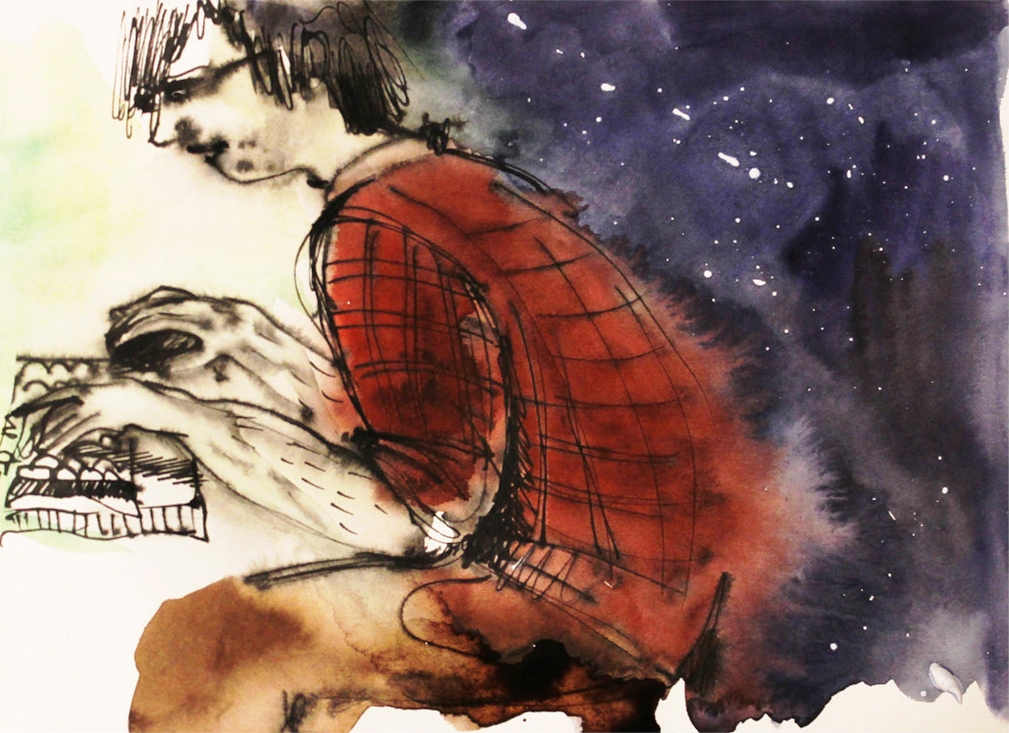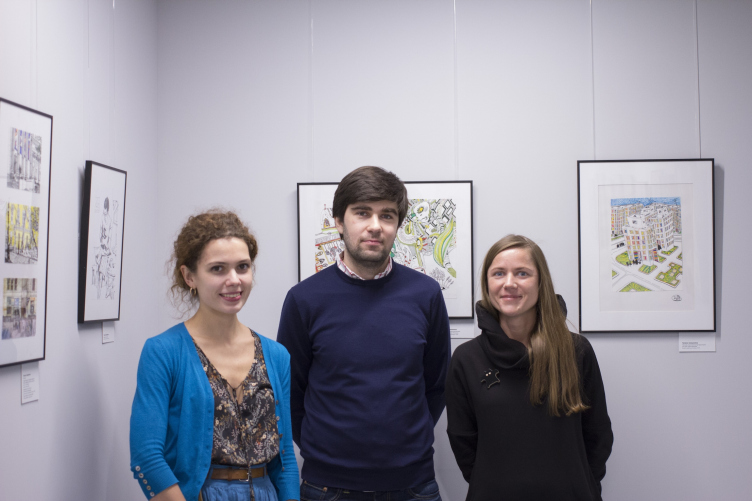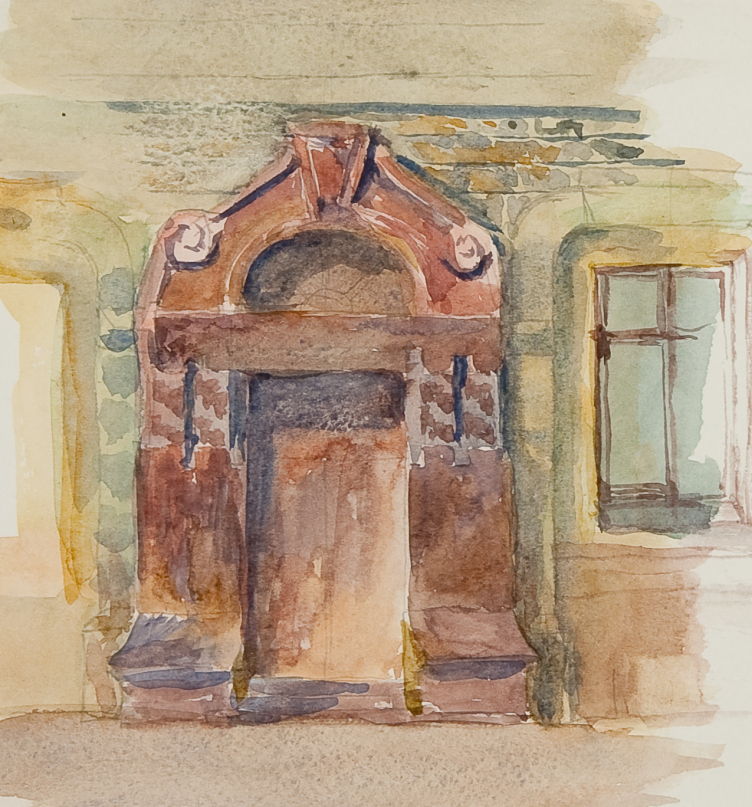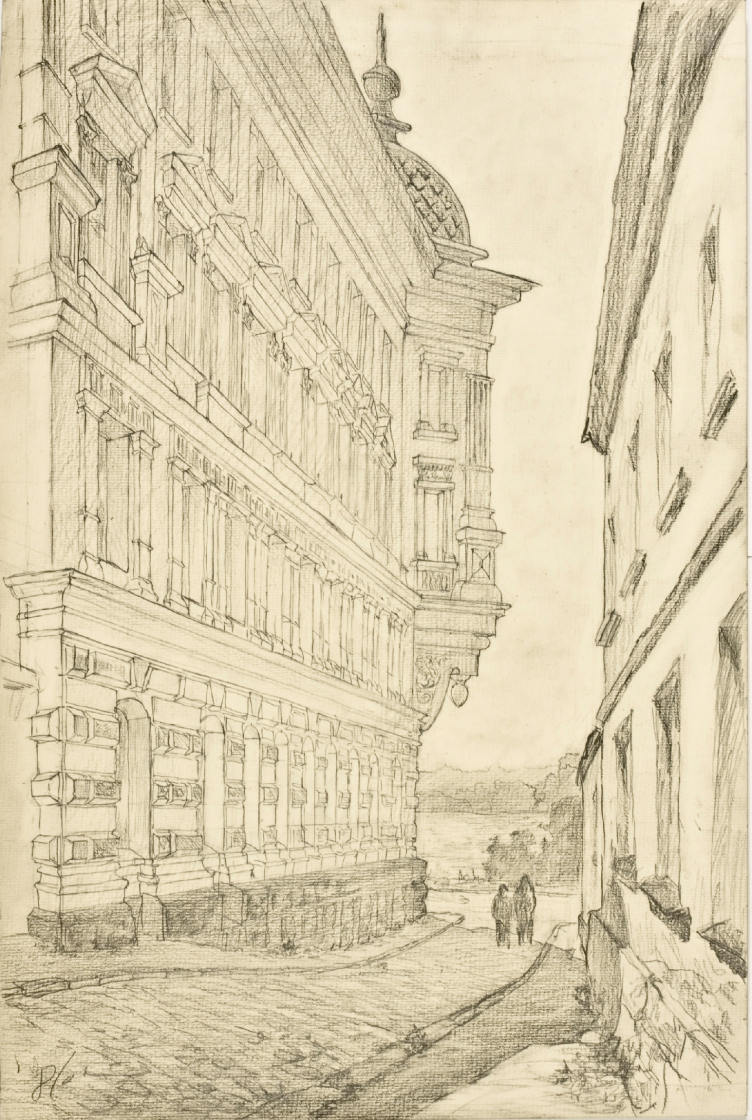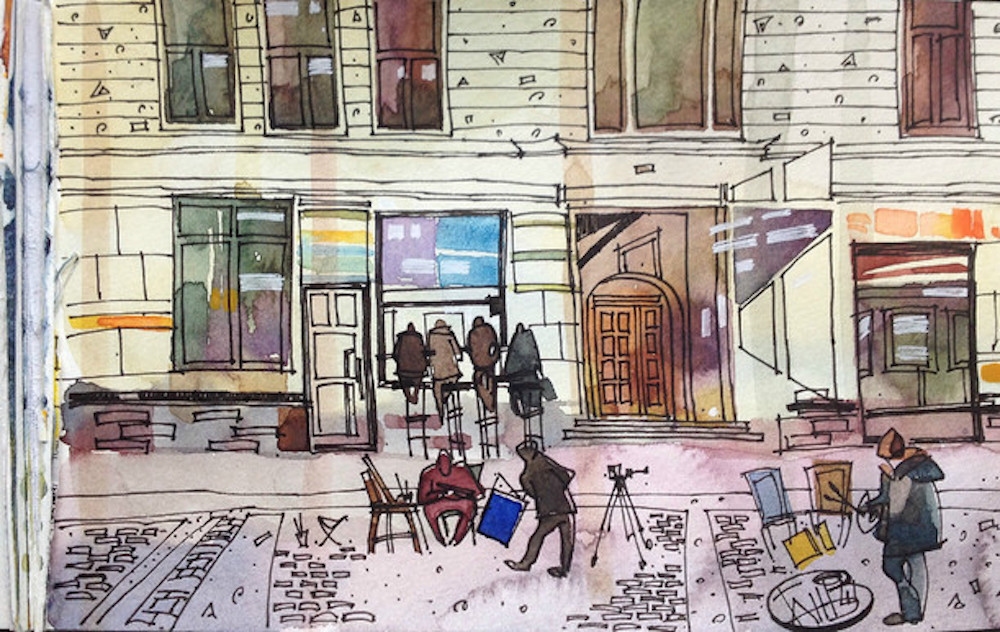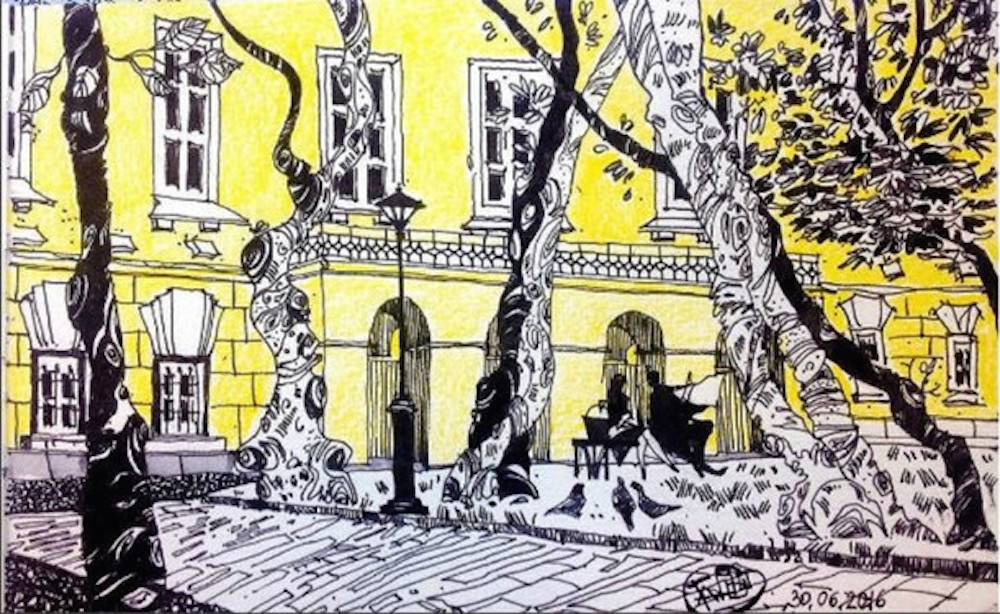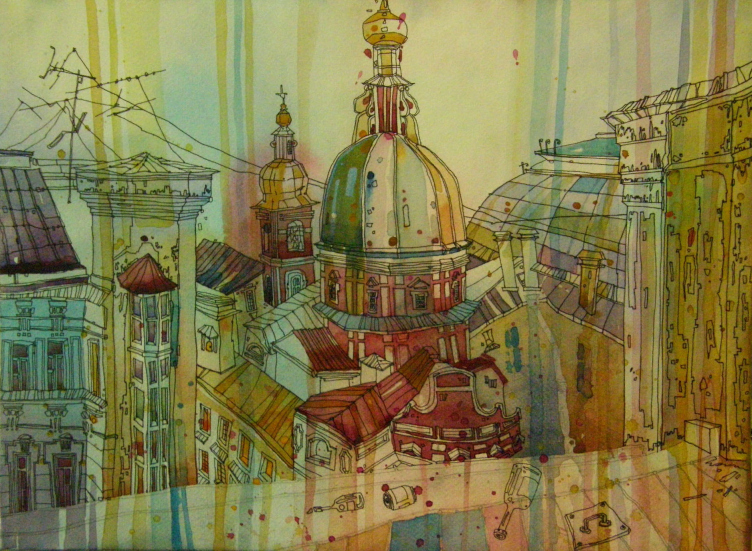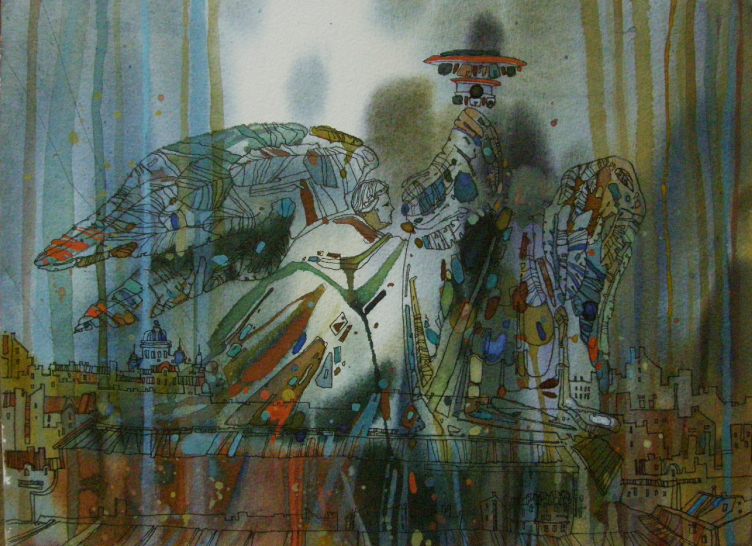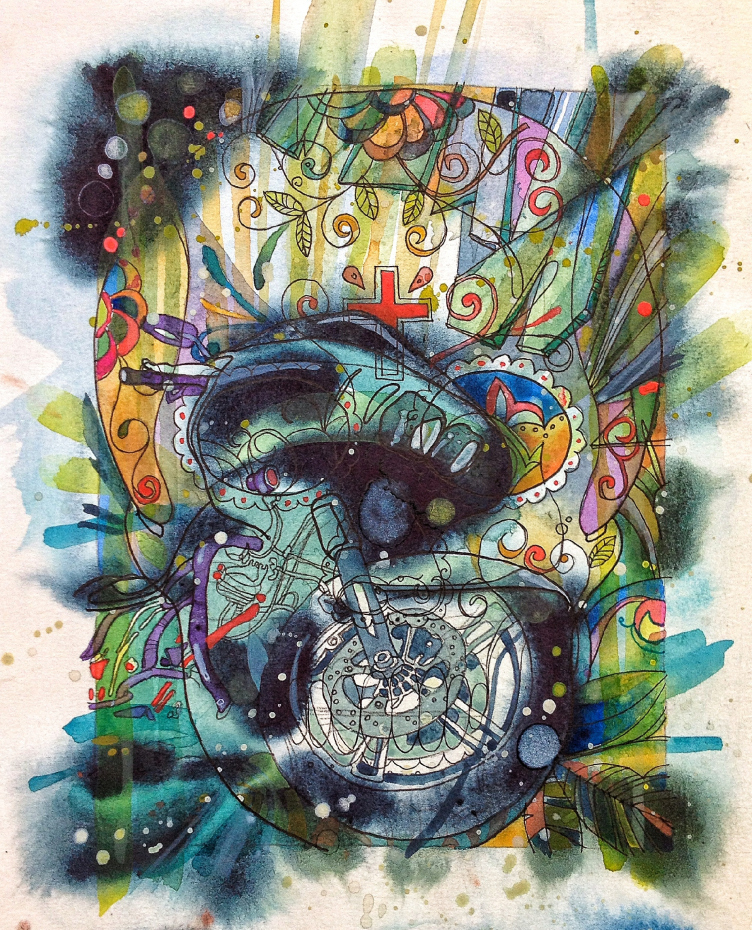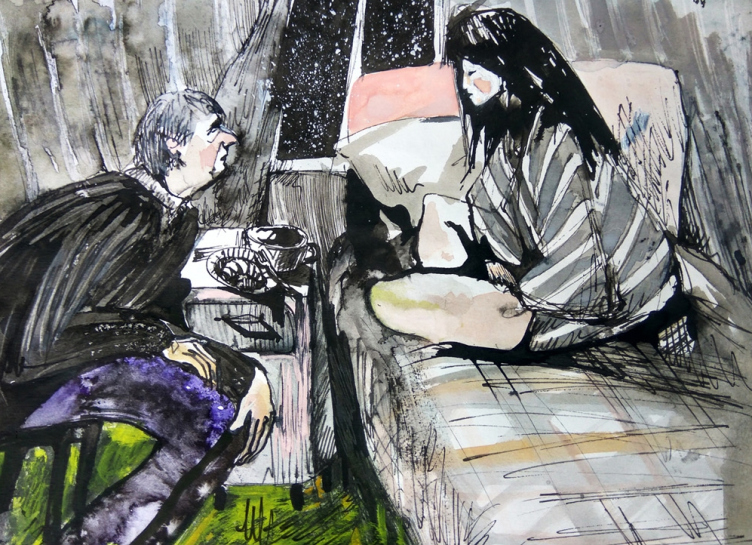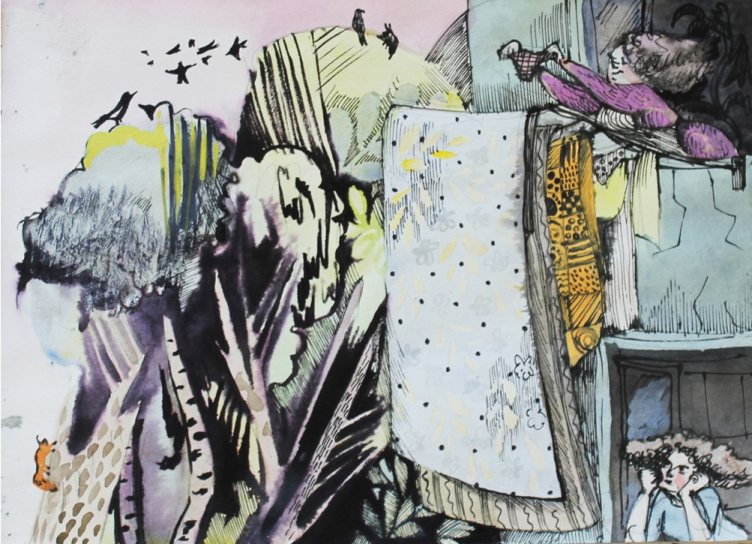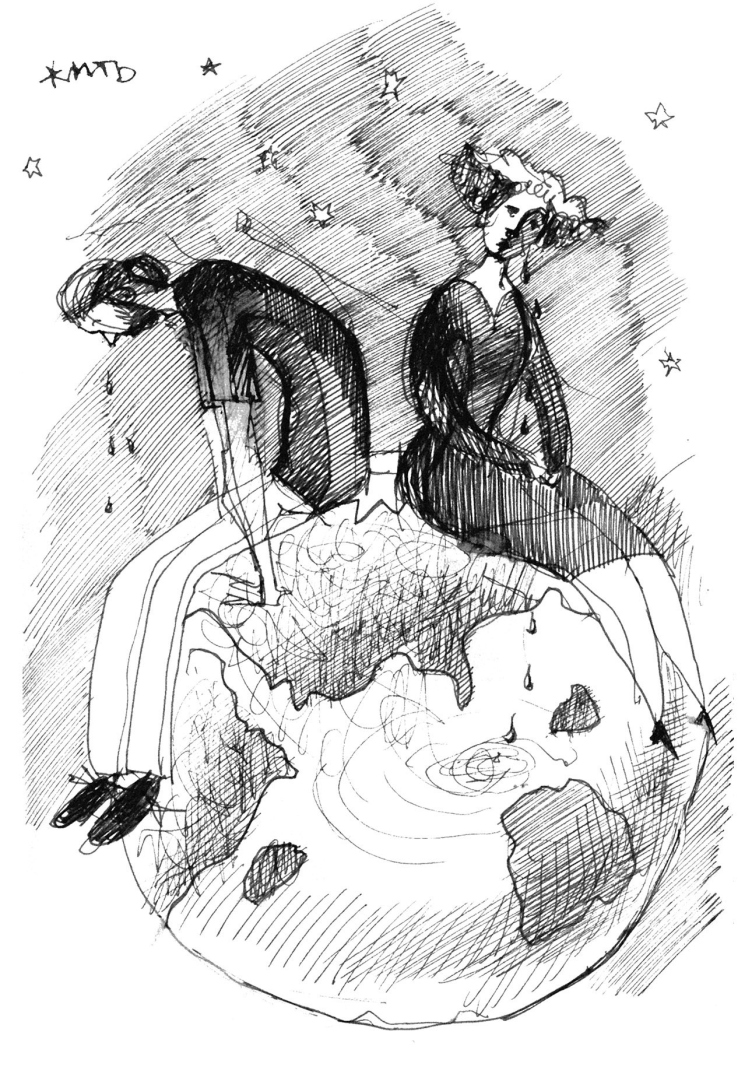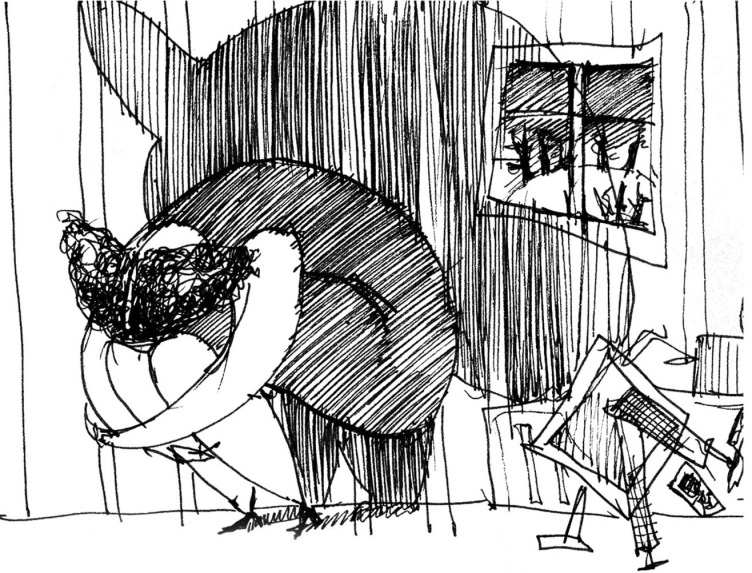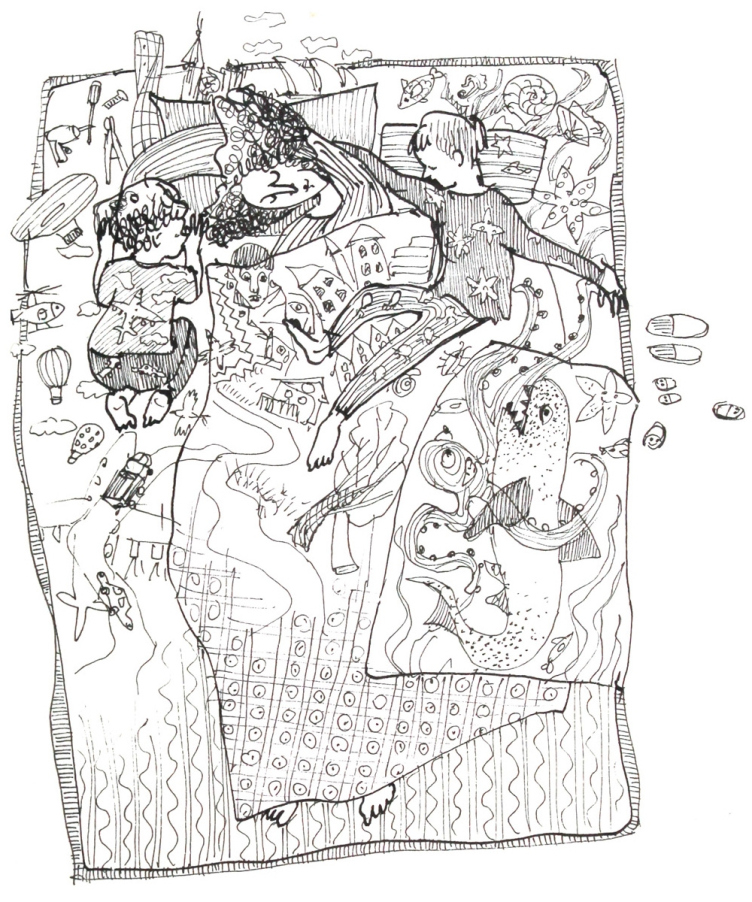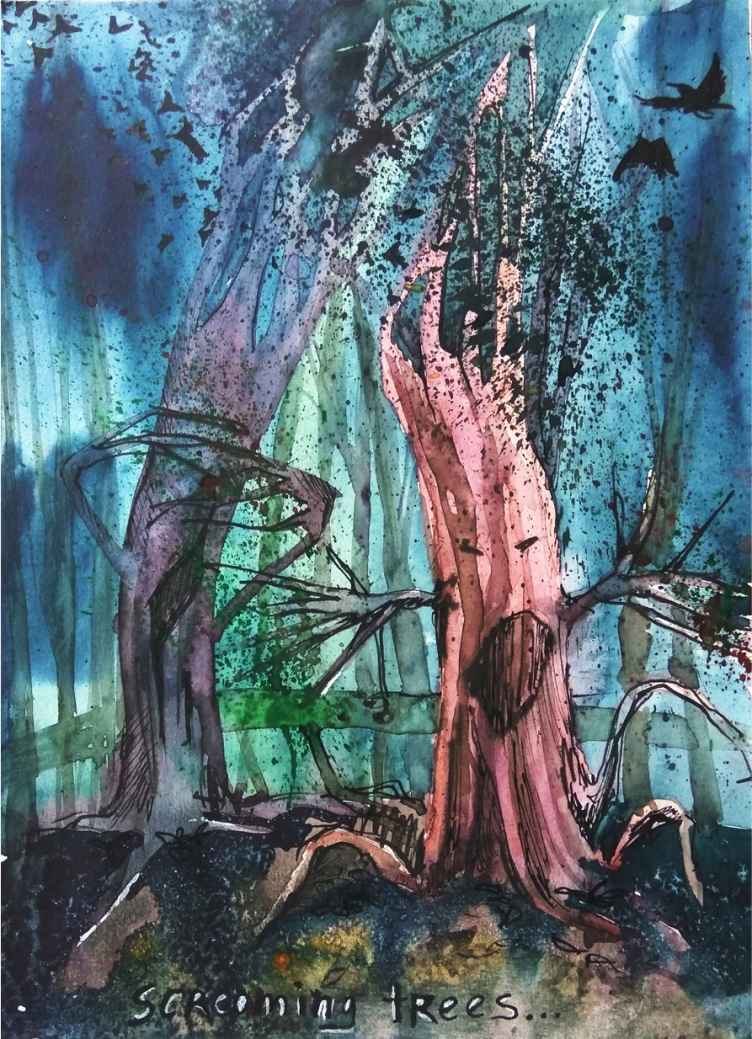Recently opened in the showroom of Match Point multifunctional complex designed by “ABV Group”, the exhibition “Architects Drawing Life” features oil paintings and drawings by Arsen Orekhov, Elena Sadkovskaya, and Galina Shashkina. The exhibition was organized upon the initiative of “Voley Grand” developers; its curator is Ekaterina Shalina, the organizer of the international contest “ArchiGraphics”.
Elena Sadkovskaya, Arsen Orekhov, Galina Shashkina at the inauguration of the exhibition "Architects Drawing Life" // "Rules of Communication", 2016
Ekaterina Shalina (curator), Elena Sadkovskaya, Galina Shashkina at the inauguration of the exhibition "Architects Drawing Life" // "Rules of Communication", 2016
Ekaterina Shalina notes the growing popularity of the architectural drawing: “Hand drawing is arguably the most creative part of an architect’s work. These drawings mark the process of how the idea is created; they allow us to look at the profession from a different perspective. The architect’s personality is to be traced in his choice of the objects that he draws and in the stages of his working on the artistic image”.
Inauguration of the exhibition "Architects Drawing Life" // "Rules of Communication", 2016
Most of the sheets showcased at the exhibition are very much like diaries or pages from a traveler’s notepad. Galina Shashkina and Elena Sadkovskaya fix their observations and insights in this way. As for Arsen, he presented classic plein-air drawings. All the works demonstrate different techniques and draughtsmanship. According to Arsen Orekhov, “Drawing helps in your work, considering the fact that it is a way of perceiving the world that’s out there, a way to analyze what’s going on around you and put it on paper, to find the image, and to turn your insights into something real. Not only is drawing a hobby, it is also very instrumental in your work, it is a whole way of thinking”.
Architectural sketches from the city of Vyborg © Arsen Orekhov
Architectural sketches from the city of Vyborg © Arsen Orekhov
Architectural sketches from the city of Vyborg © Arsen Orekhov
Architectural sketches from the city of Vyborg © Arsen Orekhov
Architectural sketches from the city of Vyborg © Arsen Orekhov
Architectural sketches from the city of Vyborg © Arsen Orekhov
A different perspective of drawing is proposed by Galina Shashkina. Galina’s drawings – bright landscapes, architectural and interior sketches – all demonstrate a sturdy professional school, and at the same time an up-to-date manner of presentation.
Architectural Sketches. Author; Galina Shashkina. "Architects Drawing Life". Showroom of Match Point multifunctional complex. Photo courtesy by "Rules of Communication" Agency
Architectural Sketches. Author; Galina Shashkina. "Architects Drawing Life". Showroom of Match Point multifunctional complex. Photo courtesy by "Rules of Communication" Agency
Architectural Sketches. Author; Galina Shashkina. "Architects Drawing Life". Showroom of Match Point multifunctional complex. Photo courtesy by "Rules of Communication" Agency
“Today’s project practice leaves little room for drawing and especially for thinking with your hands because all the work is done on the computer. What computers cannot replace, however, is your feeling of proportion. And the academic school requires from you the ability to think with your hands – comments Galina on the meaning of drawing in her career – I draw so as not to forget the academic school. Drawing is one of the constituent parts of the thinking process, regardless of the field that you work in. It is all about creation and self-expression”.
The St.Andrew Cathedral on Sain-Petersburg's Vasilyevsky Island. Author: Galina Shashkina. "Architects Drawing Life". Showroom of Match Point multifunctional complex. Photo courtesy by "Rules of Communication" Agency
The St.Isaac Cathedral in Sain-Petersburg. Author: Galina Shashkina. "Architects Drawing Life". Showroom of Match Point multifunctional complex. Photo courtesy by "Rules of Communication" Agency
Traunkirchen (Upper Austria). Author: Galina Shashkina. "Architects Drawing Life". Showroom of Match Point multifunctional complex. Photo courtesy by "Rules of Communication" Agency
Fragment of the St.Isaac Cathedral in Sain-Petersburg. Author: Galina Shashkina. "Architects Drawing Life". Showroom of Match Point multifunctional complex. Photo courtesy by "Rules of Communication" Agency
Harley Davidson (road glide). Author: Galina Shashkina. "Architects Drawing Life". Showroom of Match Point multifunctional complex. Photo courtesy by "Rules of Communication" Agency
More intimate and personal drawings are presented by Elena Sadkovskaya. Executed in a deliberately naive style, her abstract drawings show her perception of life, work, recreation, and people that surround her.
Sketches. Author: Elena Sadkovskaya. "Architects Drawing Life". Showroom of Match Point multifunctional complex. Photo courtesy by "Rules of Communication" Agency
Sketches. Author: Elena Sadkovskaya. "Architects Drawing Life". Showroom of Match Point multifunctional complex. Photo courtesy by "Rules of Communication" Agency
Sketches. Author: Elena Sadkovskaya. "Architects Drawing Life". Showroom of Match Point multifunctional complex. Photo courtesy by "Rules of Communication" Agency
This is how Elena describes her vision of the importance of drawing for an architect: “The purpose of drawing is catching an image. It is harder to do on the computer because you tend to go deeper into the details losing the big picture. If we are speaking about some general image, it is better to create it by hand. And if you practice constantly, you develop a feeling of proportion, harmony, perspective, volume, and that big picture that is ever so important for an architect”.
Sketches. Author: Elena Sadkovskaya. "Architects Drawing Life". Showroom of Match Point multifunctional complex. Photo courtesy by "Rules of Communication" Agency
Sketches. Author: Elena Sadkovskaya. "Architects Drawing Life". Showroom of Match Point multifunctional complex. Photo courtesy by "Rules of Communication" Agency
Sketches. Author: Elena Sadkovskaya. "Architects Drawing Life". Showroom of Match Point multifunctional complex. Photo courtesy by "Rules of Communication" Agency
Sketches. Author: Elena Sadkovskaya. "Architects Drawing Life". Showroom of Match Point multifunctional complex. Photo courtesy by "Rules of Communication" Agency
